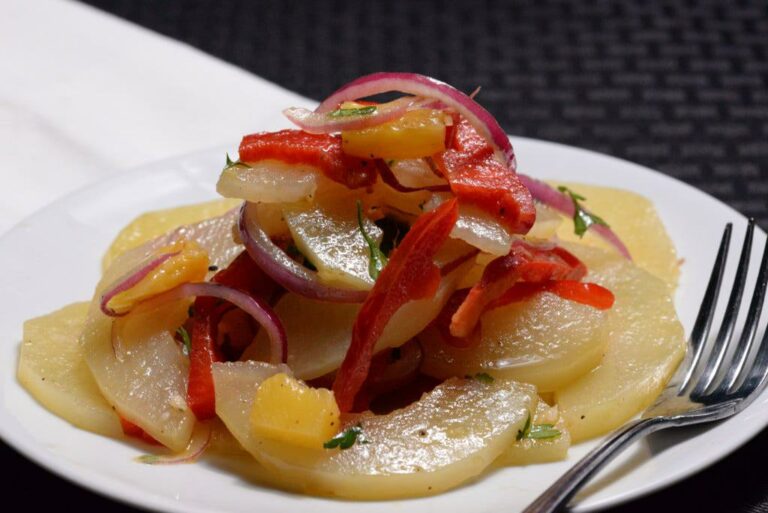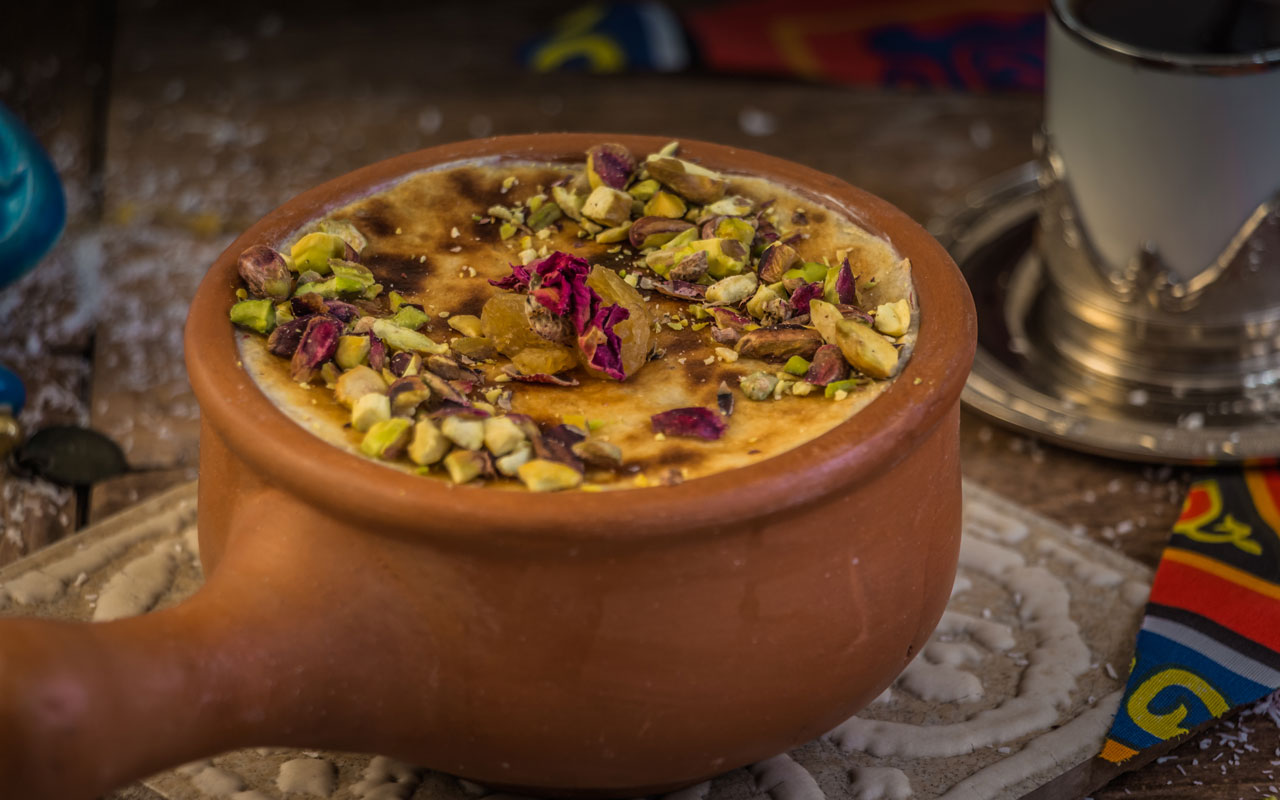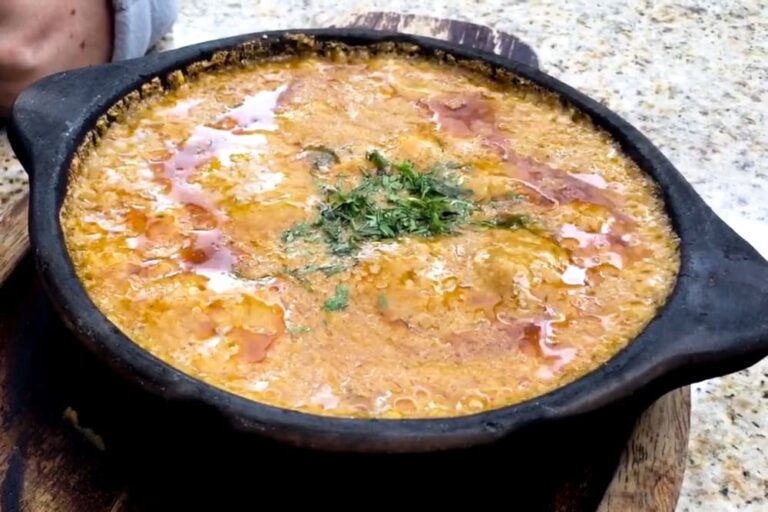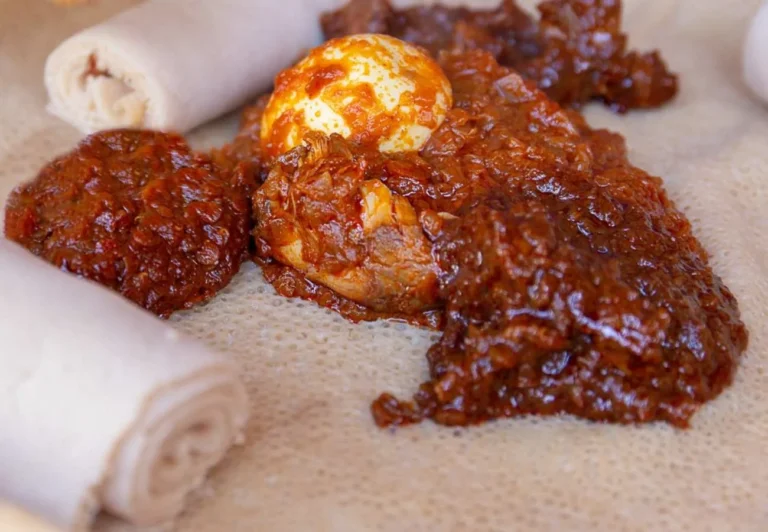Introduction: Dominican cuisine at a glance
Dominican cuisine is a blend of indigenous, African, and Spanish culinary traditions, resulting in a unique and flavorful cuisine. The cuisine is known for its vibrant colors, bold flavors, and use of fresh ingredients. The main course typically consists of meat, fish, or poultry, seasoned with a blend of spices and herbs. However, no Dominican meal is complete without the addition of delicious side dishes that complement and enhance the flavor of the main course.
Rice: the indispensable side dish
Rice is an essential component of Dominican cuisine and is served with almost every meal. The most common type of rice used is white rice, but sometimes yellow rice is also used. Rice is typically cooked with garlic, onion, and a variety of seasonings to create a flavorful and aromatic side dish. Apart from being a staple item, rice also serves as a base for many other popular Dominican dishes.
Beans: a staple in Dominican cuisine
Beans are another staple ingredient in Dominican cuisine, and they are often served as a side dish. Red beans, black beans, and pigeon peas are the most commonly used beans in Dominican cooking. They are typically seasoned with garlic, onion, and various herbs to add flavor. Sometimes, beans are also mashed together with rice to create a dish called “Moro de guandules,” which is a popular side dish in Dominican cuisine.
Plantains: versatile and delicious
Plantains are a staple food in the Dominican Republic and are a popular side dish that is served with many meals. They can be cooked in various ways, such as boiled, fried, or mashed. Fried plantains, also known as “tostones,” are a crispy and savory side dish that is enjoyed by many. Sweet plantains, also known as “maduros,” are a popular side dish that is caramelized and has a sweet taste.
Yucca: a popular root vegetable
Yucca, also known as cassava, is a root vegetable that is popular in Dominican cuisine. It is often served as a side dish and can be boiled, fried, or mashed. Fried yucca, also known as “yuca frita,” is a popular side dish that is crispy on the outside and soft on the inside. Boiled yucca, also known as “yuca hervida,” is a soft and tender side dish that is often served with a garlic sauce.
Salad: a refreshing side dish
Salad is a refreshing side dish that is commonly served with Dominican meals. The salad often consists of lettuce, tomato, and onion, but sometimes other vegetables such as avocado, cucumber, and peppers are also added. The salad is typically dressed with a vinaigrette or a creamy dressing and is a refreshing balance to the bold flavors of the main course.
Avocado: a healthy and flavorful addition
Avocado is a healthy and flavorful addition to many Dominican dishes and is often served as a side dish. It is typically sliced or mashed and seasoned with salt and lime juice. Avocado is a creamy and delicious addition that adds a richness to any meal.
Conclusion: experiencing Dominican cuisine beyond the main course
In conclusion, Dominican cuisine is a blend of diverse cultural influences that have resulted in a unique and flavorful cuisine. While the main course is undoubtedly the star of the show, the side dishes add depth and complexity to the meal. From rice to plantains, beans to yucca, salad to avocado, Dominican cuisine has a variety of delicious and healthy side dishes that are worth experiencing.





